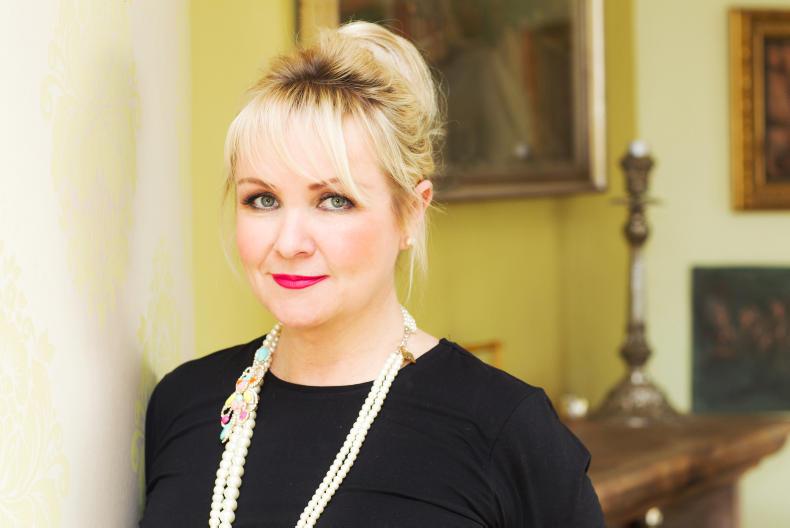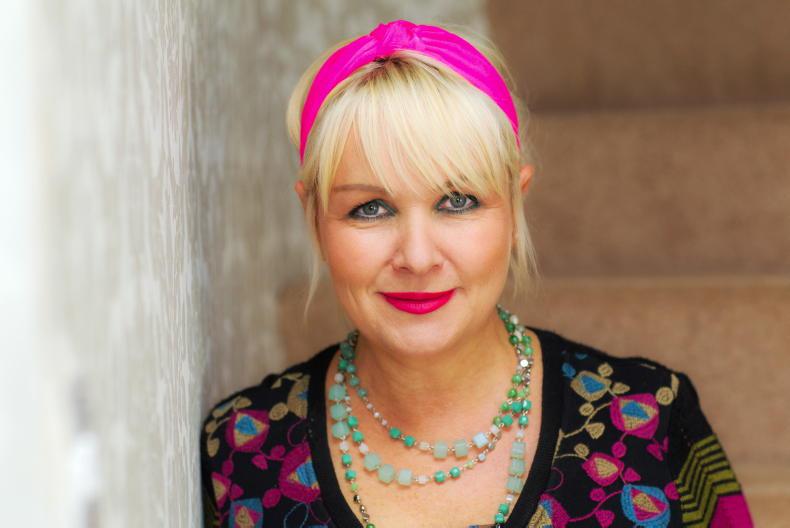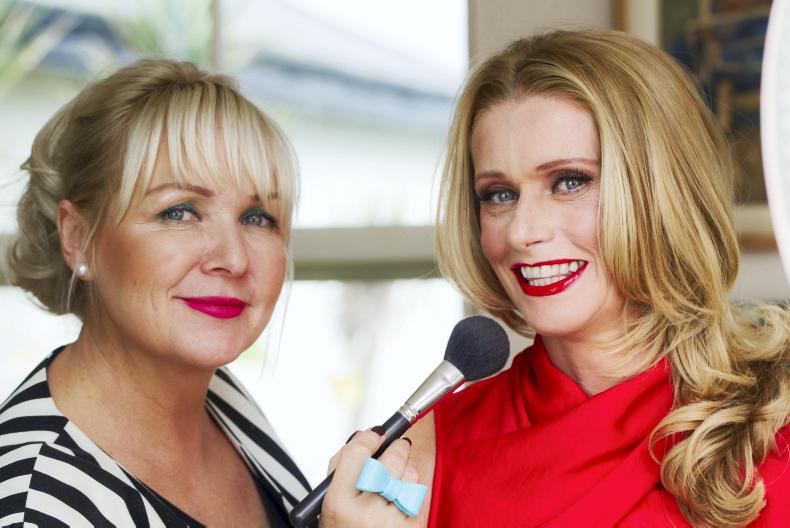The passionate, headstrong and beautiful heroines created by Jane Austen still resonate with audiences all over the world. Austen’s female characters bounce off the pages and embody the Regency era. Gone were the thick mercury-coated white faces, bright blood-red lips and foot-high flea infested wigs, replaced by a much more understated style. But how much effort did it really take to achieve the natural look 200 years ago?
Lotions and Potions
Looking your best in the 1800s was not easy, as products were few and far between. Manufacturers competed in fantastic lotions with names such as Olympian Dew, Bloom of Ninon and Milk of Roses. These were very popular among the upper-class ladies – although it is doubtful whether they did actually improve the complexion. Home remedies – such as crushed strawberries, cucumber and milk pulp – were used to rejuvenate the skin, with lemon water, salt and lavender scrub to clear pimples, boils and carbuncles. Baking soda, goat’s milk and camomile was a Regency favourite for a luxury bath soak, while ladies washed their hair in frothy egg whites, rose water and rum.
Whiter Shade Of Pale
Pale skin was deemed the epitome of attractiveness, as freckly, tanned skin would insinuate that you had been labouring away outside to earn your living, and were therefore of a lower class. All manner of ointments were made to try to combat/remove freakish freckles. For example, rye meal, rose water, oil of tarter and honey were warmed up together and applied by dabs from a dampened linen cloth, while rubbing stinky horse manure on the face, neck and bust would supposedly lessen the speckles.
Making Up Was Hard To Do
Application of makeup by the society ladies was taken very seriously, with a vanity hand mirror and an eagle-eyed chamber maid on hand. Heavy use of makeup was very much frowned upon and associated with lustful ladies of the night, so no mistakes could be made. Mixing lamp soot with a little oil and burnt cork produced a black sticky paste to apply to eyes, eye brows and lashes, using the end of a small feather or aquatic grasses. Belladonna drops (a poisonous dark, bitter berry plant used to poison Juliet in Romeo and Juliet) was used to brighten reddened eyes. Rice flour and a little crushed pearl was used as a light dusting powder, while blusher was made from rose petals and other high-pigment flowers and carmine.
One popular cosmetic was rose lip salve, which was made from white wax, almond oil, alkanet root and Otto rose. For a bright red lip, vermillion was used to create a stronger stain.
Not So High Brow
Ladies would not have plucked/waxed or threaded their eyebrows in the Regency era. Instead they would use the soft back skin of a small mouse.
The mouse would be skinned and thin pieces of fluffy flesh would be glued to the brow area to create a fuller brow. Unfortunately, the glue had an annoying habit of coming unstuck – and many a grand society lady had trouble keeping her dignity while covertly trying to reposition a wayward brow that had slipped out of place.
Beauty Spot
Another artificial adornment was the beauty patch. The patches were made from silk, velvet or fine leather and cut in the shape of stars, half-moons and birds, to be glued to the face to highlight certain qualities. For instance, a coquette (flirtatious woman) would wear one at the corner of the mouth or eye to add a mischievous glint or a charming, playful dimple on the cheek. Some ladies had no choice but to use the patches to cover warts, scars and even to keep the flies from buzzing around an open smallpox wound.
Pearly Whites
Dentistry was still in its infancy and teeth frequently just fell out. Hippo ivory was very popular to use for replacement teeth, particularly at the front of the mouth, as it was a good colour match to human teeth.
Women, however, were starting to become more diligent with tooth care, using tiny cattle bone toothbrushes covered in swine bristle attached by thin wire, while “tooth powders” were made from salt, mint, dried iris flower, pepper and lemon from Egypt.
Scents and Sensibility
Regency perfumes – or odour equalisers – fell in two categories: floral and musky. Floral perfumes were created from distilled blooms – such as orange, rose and jasmine – while musky perfumes were created from vanilla pod, amber, coriander, nutmeg, clove and lemon peel. Perfumes were kept in small silver flasks, and ladies would send their lovers a scent-soaked glove or lace hanky. CL
Next month, I will be looking at the best fan tan products on the market. If you have any queries, please email me on dollybuckley1@gmail.com.










SHARING OPTIONS